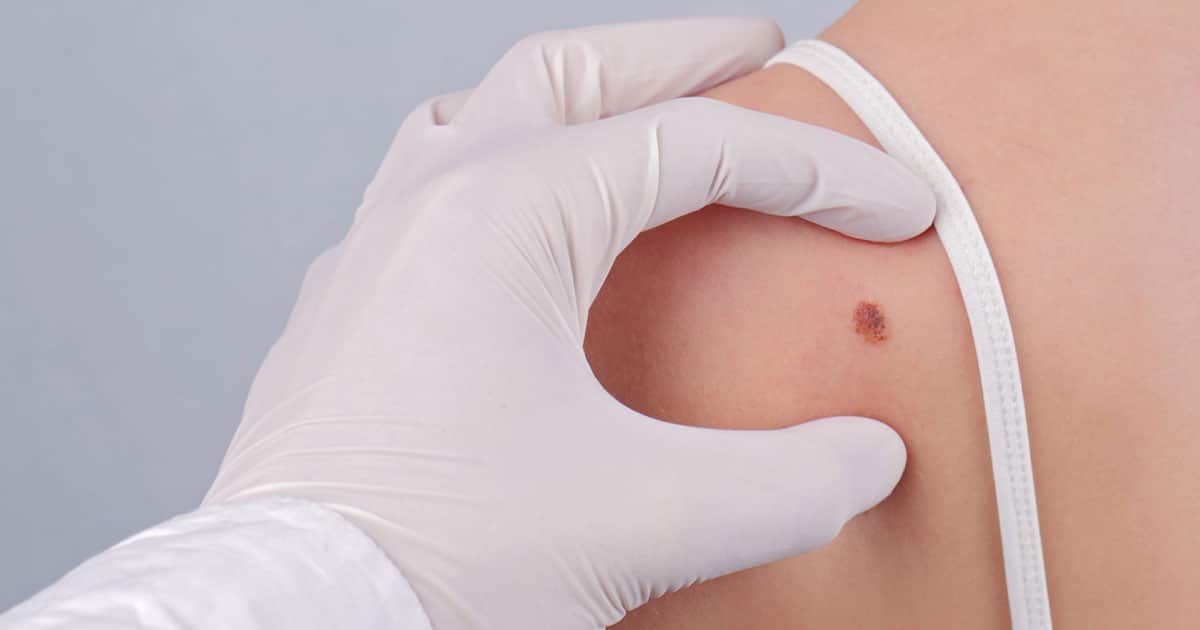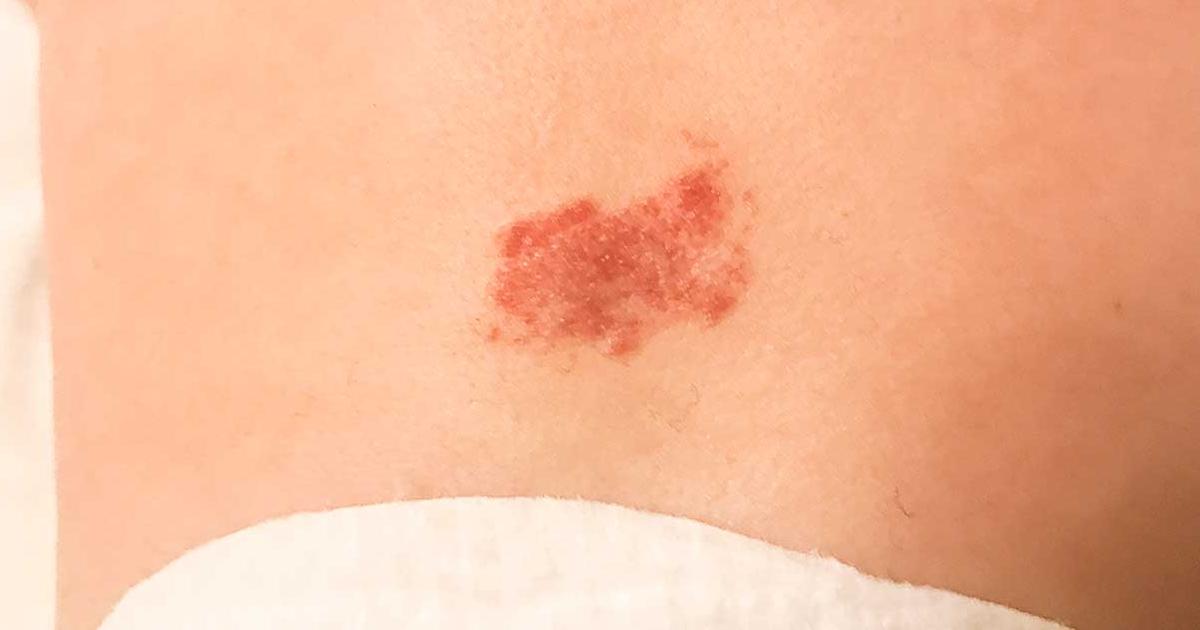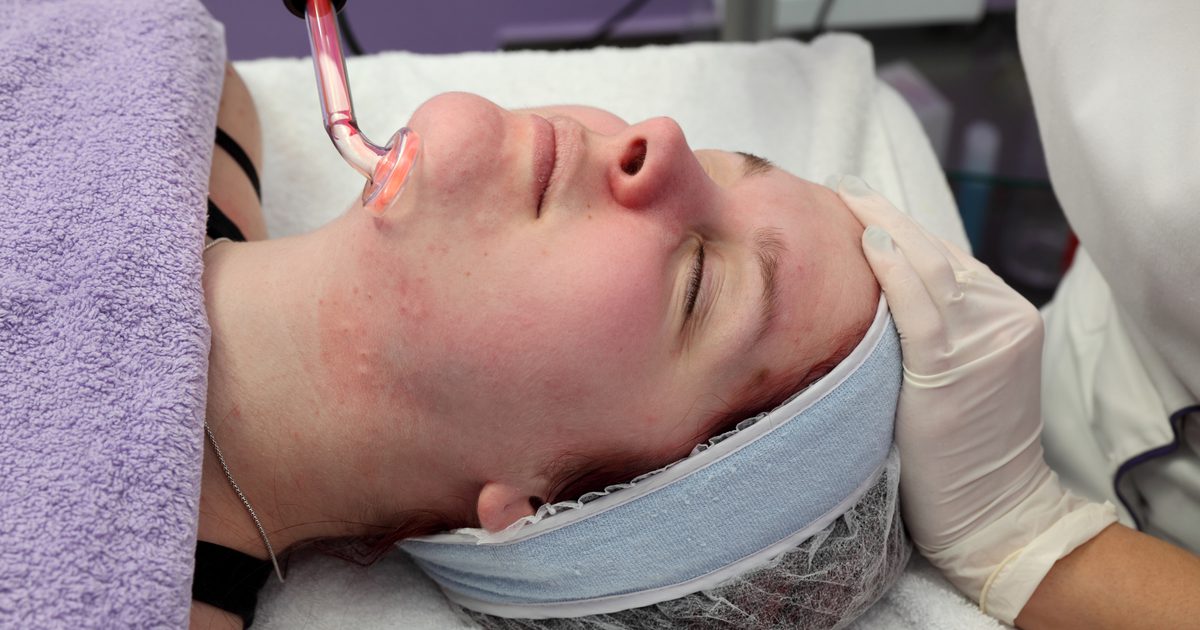What You Need To Know About Birthmarks
Birthmarks can be quite common, and they come in a large variety of colors and sizes. And while some individuals find their birthmarks endearing, others find them unattractive and somewhat troubling. They often appear at birth or during infancy and are typically red or pink, but can also be brown or purple. There are many myths surrounding birthmarks, and these myths often vary from one culture to another. But for individuals who may be looking for facts about birthmarks, the following article can help. From causes and types to common areas affected and how to remove them, it's time to answer the most popular questions individuals have about birthmarks.
What Causes Them

A common question about birthmarks is what causes them. Many things can cause these marks, and while some cases are hereditary, most are not. Certain conditions, such as Klippel-Trenaunay syndrome and Sturge-Weber syndrome, can cause gene mutations resulting in birthmarks. However, these conditions are rare. A more common cause is when blood vessels in various areas near the skin's surface do not form properly. For example, they may cluster together in one area, or may be larger than normal. Another common cause of birthmarks is when there is more color pigmentation in one area of the skin than in other areas. Finally, some professionals believe an overabundance of protein produced during pregnancy can increase the chances of birthmarks in newborns and infants.
Learn the facts about where birthmarks can appear now.
They Can Appear Anywhere

Another question many individuals ask about birthmarks is where are the most common places they can occur. And the simple answer to this question is they can appear anywhere on the body. However, where birthmarks occur are often determined by the cause of the mark. For example, while marks known as port wine stains typically occur on the face or neck, marks known as hemangiomas most often develop on the head, neck, or extremities. Birthmarks known as salmon patches typically develop on the backside of the neck, between the eyes, or on the eyelids. The buttocks and the lower back are common areas affected by marks referred to as Mongolian blue spots. These are just some examples of where birthmarks can occur, and there are several other types of marks that can develop almost anywhere on the body.
Keep reading to learn about the impact of birthmarks on health.
They Are Not Dangerous To Your Health

One essential thing to know about birthmarks is that for the most part, they are not dangerous to your health. In fact, most birthmarks do not require treatment unless they are thought to be unattractive or troublesome. Many birthmarks even fade over time. However, some can become thickened and rough-feeling as individuals get older, and in these cases, removal may be a viable option. This is particularly true if the affected area is around the eyes, nose, mouth, or elsewhere on the face. Since some moles can be associated with cancer, individuals who have moles that change in size, shape, or color will want to visit their physician to ensure they are harmless.
Discover the types of birthmarks next.
Types Of Birthmarks

Most birthmarks are classified into two distinct categories: vascular marks and pigment marks. As described previously, vascular marks are those birthmarks caused by the irregular formation of blood vessels. There are several types of birthmarks in the vascular category, and the most common include salmon patches, sometimes referred to as stork bites or angel kisses; hemangiomas, which are also known as strawberries; and port wine stains, most often caused by gene mutations. Vascular marks account for about forty percent of all birthmarks. In the pigment category, the most common marks are some moles, which are sometimes known as beauty marks; Mongolian blue spots; and cafe au lait spots.
Continue reading to learn about how to remove birthmarks next.
How To Remove Them

For individuals who find their birthmarks unattractive or upsetting, a common concern is how to remove them. There are quite a few ways to safely and effectively remove birthmarks, and one of the most popular methods today is laser therapy. In this method, a surgeon or dermatologist uses highly concentrated beams of light to completely remove or reduce birthmarks. Corticosteroids are effective in removing or reducing the appearance of birthmarks caused by blood vessel irregularities. Corticosteroids come in injectable or tablet forms and work by shrinking affected blood vessels. Certain beta-blockers can help shrink blood vessels as well. Finally, surgery may be an option for particularly large birthmarks. Surgical removal can usually be done on an outpatient basis using a local anesthetic.
